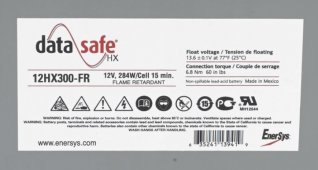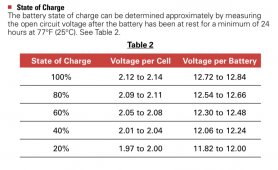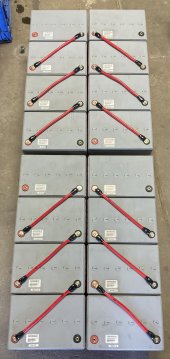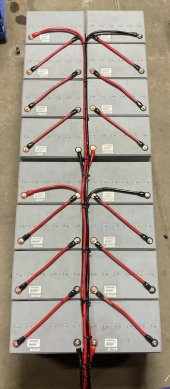Hello everyone, I am still learning and wanting to build my first solar system and wanted to get a general opinion on these batteries and being these are the batteries I have access too. I wanted to figure out what size of a system would suit these. I have 12 of these to use in the system and that will leave me with a couple spares.
Any opinions and system ideas are appreciated.

 www.batterystore.com
www.batterystore.com
Any opinions and system ideas are appreciated.

12HX300-FR 12V 71Ah 284W Enersys DataSafe®
Enersys data safe 12HX300-FR Replacement Battery - 12V 70Ah (Flame Retardant) - Replacement for Solar Energy Systems / Storage, Emergency Lighting and Standby Power Applications
















